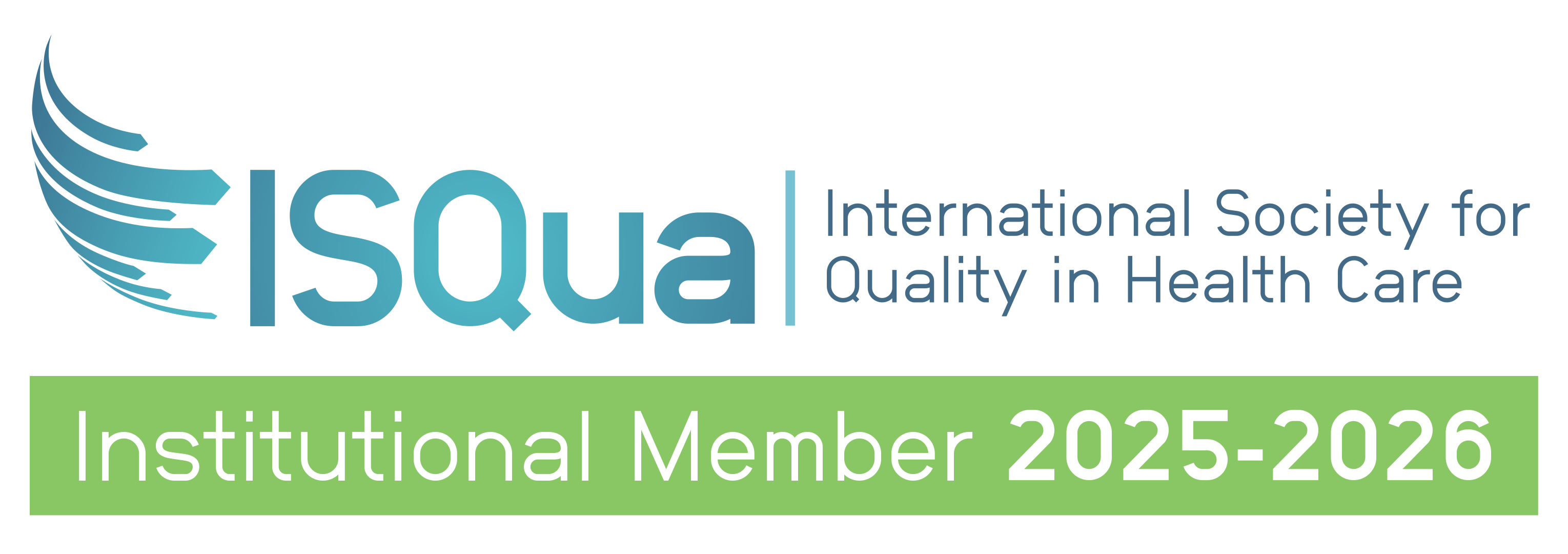
Quality Improvement In Action: ‘Stop the Clot!’ Assessing VTE Risk from the ED to Fracture Clinic
‘Stop the Clot!’ Assessing VTE Risk from the ED to Fracture Clinic was led by Ms Laura Lincoln – St Vincent’s Hospital, Sydney
As part of the ACHS Improvement Academy, Quality Improvement Lead (QIL) Training Program, participants undergo a quality improvement project that relates specifically to their organisation. This allows for all the theory learnt in the program to be applied in real-time, and these projects are a great example to the organisation and the broader community about how to implement change.
In this project summary below we share how Ms Laura Lincoln, from St. Vincent’s Hospital in Sydney, looks into a widespread issue of Venous thromboembolism (VTE) and the steps followed towards prevention.
Background:
More than 14,000 Australians develop VTE (vein blood clots) per year and more than 5000 will die as a direct result. With the evidence suggesting it is one of the single most preventable cause of in hospital death, the significant financial costs associated and the high incidence of sequalae, VTE risk stratification and prevention is critical.
Following a serious adverse event review, a recommendation was given for a multidisciplinary team to review and map out the outpatient’s fracture journey from Emergency Department (ED) to the fracture clinic. Combining this with our Ministry of Health requirements and general desire from staff to have standardised practice in venous thromboembolism (VTE) risk screening and management, a multidisciplinary group was formed to review the process and implement a change to improve patient safety.
Project Summary
The identified problem was the significant variation and lack of standardisation in the documentation of VTE risk assessments in ED. Current practice does not meet Ministry of Health policy requirements or align with the Framework for VTE prevention and/or VTE Clinical Care Standard. The aim of this project is for 100% of patients who present to ED with a lower limb injury and are unable to fully weight bear, will have a documented VTE risk assessment in their medical record within 12 months.
A series of diagnostics were completed to understand the problems, issues, challenges and barriers to documenting a VTE risk assessment in ED. This included an affinity diagram, literature search, clinical incident investigation, team brainstorming, local data collection and medical officer focus groups. This was complimented by patient feedback in understanding the ED to fracture clinic journey. Data will be collected on risk assessment completion weekly and fed back to clinical teams monthly to understand challenges and successes. The team then progressed through the cycle depending on what initial data shows and give directions on where the team should focus.
The identified themes included:
-
Poor VTE risk assessment completion rates in the ED and across clinical units, Low rates of patient education on VTE at discharge.
-
No clear direction or leadership for completion of VTE risk assessment.
-
Hybrid medical record with current VTE risk assessment difficult to find and not used.
A modified simple paper based VTE risk assessment has been adopted for use in the ED. It is in the process of going through the final committee approvals prior to going on trial. Multidisciplinary clinical champions have been identified as being integral to the education campaign and trial implementation. Initially data on the form's completion will be collected weekly with monthly feedback to clinicians and regular agenda items for discussion across the clinical units.
An education campaign was also implemented through hospital wide communication channels, display boards and workforce huddles. There were other awareness campaigns facilitated by local clinical champions.
Results
SVHS has seen good uptake of the implemented VTE risk assessment form and are underway with further enhancements in VTE risk assessment within the acute hospital. Rates of VTE have dropped significantly over the past few months. As an ongoing project, further support for clinical champions as well as education and training will continue.
Want to engage in a real-life project to improve patient quality and safety?
This project is an example of the invaluable knowledge, experience and practical insight that is developed on the QIL Training Program. Led by an expert faculty this nine-month course is an investment in your career development and will give you the practical tool to implement continuous change. Throughout the course you will be supported through virtual, interactive sessions, project work and assessments.
The ACHS Improvement Academy offers custom QIL training to individuals or a group within an organisation based on the specific service provider. To learn more and ask questions about the program join our upcoming information session.
“The QIL program is a very comprehensive and structured process which is helpful for clinicians and health managers who want to expand their knowledge of successful implementation principles within their work.” - Ms Laura Lincoln, Patient Reported Measures Manager, St Vincent’s Hospital Sydney

